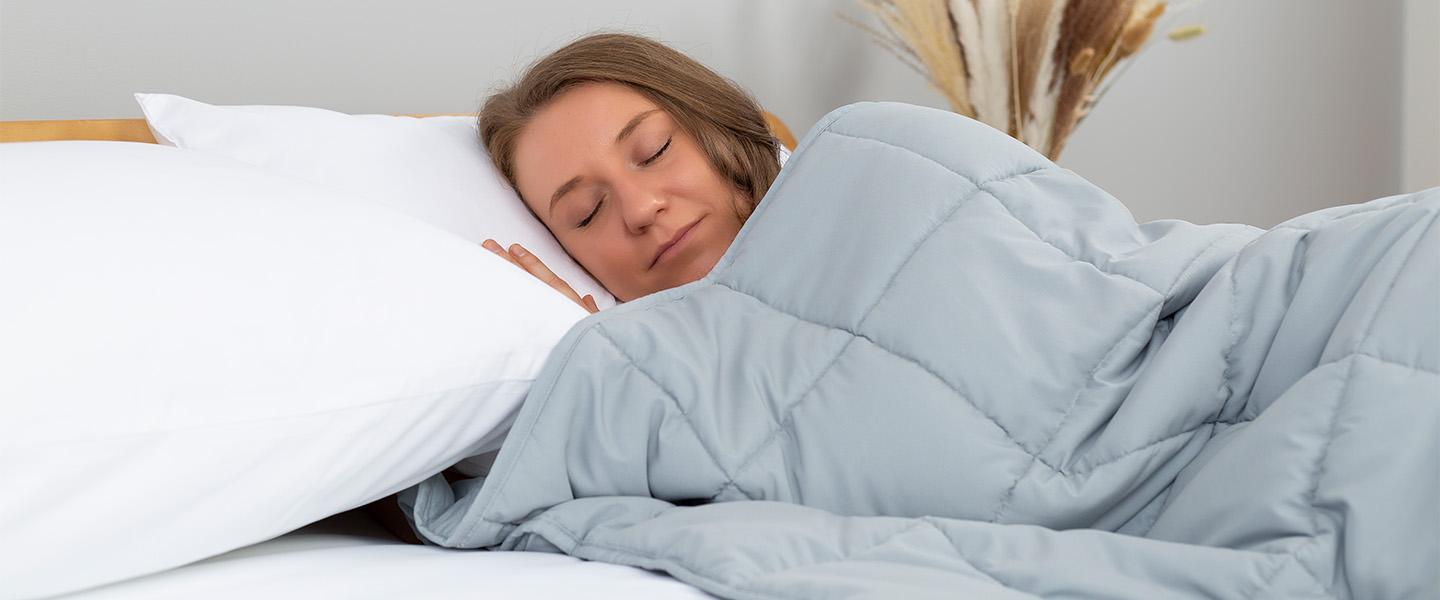What is a weighted blanket? Everything you need to know about a weighted blanket
The popularity of weighted blankets has spiked in recent years, and for good reason. Weighted blankets can offer a lot of benefits to the user, but what exactly is a weighted blanket, and what is a weighted blanket used for?
This post will answer all your weighted blanket questions and provide all the information necessary to make an educated decision about whether investing in one is the right decision for you.
What does a weighted blanket do?
The first and most important question you might have is, what are weighted blankets? To put it simply, they are blankets that contain a filling that gives them a heavier weight than traditional blankets.
The idea is that the added weight of the blanket provides the user with deep pressure therapy, which can provide several benefits, including reducing stress and anxiety and helping people with sleep disorders enjoy a good night's rest.
How does a weighted blanket work?
Weighted blankets apply even pressure over the body, making the user feel more secure. This is known as deep pressure stimulation and is based on the work carried out by the American scientist Mary Temple Grandin, who came up with a 'hug machine' for children with an autism spectrum disorder.
The gentle pressure applied by the machine resulted in a release of oxytocin, the hormone associated with trust, empathy, and building relationships, which helped calm the user.
What are weighted blanket fillers?
You might be wondering how the weight in blankets is created, and this is down to the fillers. The fillers are the weights spread evenly through the blanket to offer deep pressure stimulation to the user.
Blankets tend to have a pocketed design to stop fillers from bunching up and guarantee the even distribution across the blanket. The blanket is made up of layers that offer comfortable and breathable fabrics, as well as pocketed filler compartments.
Weighted blanket filler types
When searching for the best weighted blankets, you will have many choices, including size, weight, material type, and filler type. You must select the correct size and weight of blanket for your personal needs. However, the material and filler type will be down to personal choice.
Glass Microbeads
Glass microbeads are tiny and look more like granules of salt. They are a high-quality choice due to their smooth design and weight.
Because they are heavier than poly pellets, fewer beads are needed to create the same weight, meaning you can get a slimmer, less bulky blanket.
Glass beads are also a more environmentally friendly option that are also hypoallergenic, machine washable and dryable.
Another benefit is that they are more suited to people with auditory sensitivity and tend to be cooler to the touch for anyone concerned about overheating.
Sleepseeker only sell weighted blankets made from glass microbeads from one of the UK’s most trusted bedding brands: Slumberdown.
Plastic poly pellets
Plastic poly pellets are a commonly used weighted blanket filler, and you may recognise them from their use in soft toys like beanie babies.
Poly pellets are made from polypropylene and are one of the more cost-effective options available on the market.
Poly pellets provide a safe, non-toxic option that is safe to wash. They are also flexible and great for contouring to your body shape to apply deep touch pressure.
Steel shot beads
Steel shot beads are also a great option for weighted blankets as they are cost-effective and heavy.
Though they are bigger, this does have benefits, including needing less to fill the blanket. You will also have less chance of beads leaking. Leaking isn't common in well-made blankets, but smaller beads can, over time, find their way out.
Steel shot beads are also smooth, allergen-free, and safe to wash in a machine.
All options will have pros and cons, and the downside of steel shot bead-filled weighted blankets is that they can be pretty noisy. Anyone with auditory sensitivity might want to look at other options or find a blanket that also uses cotton stuffing. Using stuffing can help to muffle the sound of the beads.
Sand
As you might expect, sand is an inexpensive option for filling weighted blankets. Unfortunately, it is not the best material to use.
Washing and drying weighted blankets with sand fillers can be very difficult because the sand can clump. Drying will also take a long time when compared to alternatives.
Because grains of sand are so small, you also run the risk of breaking through the stitching, even on well-made blankets.
Rice, beans, and other grains as fillers
Like sand, using dried foods is an inexpensive and easily obtainable way to fill a blanket, but there are considerable drawbacks making this one of the worst options.
Dried food can begin to deteriorate, get mouldy, or even attract pests. Washing the blanket would also result in the filling holding water.
Dried foods are often used in crafts to help add weight, but it is not advisable for blankets.
Riverstones and pebbles
Small river stones and pebbles are a highly cost-effective way of adding weight to a blanket, but getting the quantity you need can be difficult.
Finding the right size and shape to create a comfortable weighted blanket is a difficult task, and they are also a poor option for anyone with auditory sensitivity.
When buying professionally made weighted blankets, you will find that micro glass beads or poly beads are most common for a reason. Not only can they be evenly distributed, but they also are safe, comfortable, and can be washed and dried easily.
What benefits do weighted blankets offer?
Now that you know a bit more about what makes a weighted blanket, you might want to know why you should invest in one.
Weighted blanket benefits include:
- Improves sleep quality
- Calms the nervous system
- Increases serotonin levels
- Reduces blood pressure
- Reduces heart rate
- Reduces RLS (restless leg syndrome)
- Reduces panic attacks
- Improves mental well-being
- Relives menopause symptoms
- Increases productivity and concentration
Who Would Benefit From A Weighted Blanket?
Many people can benefit from using a weighted blanket, especially if they suffer from any of the following symptoms:
Insomnia
If you suffer from insomnia or sleep disorders, this can lead to other issues with your physical health, mental health, and daily productivity. Weighted blankets can improve the user's sleep-wake cycle, allowing the user to fall asleep more quickly and get a good night's sleep.
Anxiety and depression
The positive effects of getting good rest can also help reduce the symptoms of anxiety and depression, which will help stop the vicious cycle that can be created and linked to mental health and sleep deprivation.
Autism spectrum disorders
Like the previously mentioned 'hug machine' created by Mary Temple Grandin to treat children with an autism spectrum disorder, the deep pressure stimulation provided by weighted blankets is known to offer calming effects.
Attention Deficit Hyperactivity Disorder (ADHD)
Weighted blankets are proven to have calming effects, which can help people suffering from Attention Deficit Hyperactivity Disorder (ADHD). It helps by reducing fidgeting and helping with focus.
Restless leg syndrome
Restless leg syndrome sufferers can use weighted blankets to help relieve some of the symptoms while undergoing any treatment prescribed by a doctor to manage the condition.
Osteoarthritis
Studies have shown that Osteoarthritis sufferers benefit from deep pressure massage therapy. The deep pressure stimulation provided by the blanket can also help relieve pain, helping to improve the user's quality of life.
Are there disadvantages to using a weighted blanket?
As great as weighted blankets can be, there are some drawbacks that anyone considering buying one should know.
Weighted blankets tend to be more expensive than traditional blankets, and if you have never tried one, you may be worried about spending the money on something you don't like.
The weight can also be inconvenient if you are travelling. After getting used to it, weighted blanket users might not want to sleep without it, so taking it with you on trips can be challenging.
Washing and drying a weighted blanket is more difficult than traditional blankets, but you can invest in covers that should help to protect the blanket.
Finally, it is worth mentioning that they can take a bit of getting used to. If you are the kind of person that moves about a lot, you might find it more difficult.
Can anyone use weighted blankets?
Weighted blankets are not suitable for everyone, and you should consult with your doctor if you have any reservations. Though smaller and lighter kids' weighted blankets are available to buy, children under two years old should not be given a weighted blanket. Young kids and people with mobility issues may struggle to move or adjust the blanket at night, so following guidelines on this is crucial.
People with circulatory issues or chronic respiratory conditions should not use a weighted blanket without speaking to a medical professional. Other people who should check before investing in weighted blankets include those with asthma, claustrophobia, low blood pressure, or type 2 diabetes.
What blanket weight is best for me?
To ensure weighted blankets work and offer you the benefits listed, you will need to select the best blanket weight for you. The best way to do this is by choosing a weight that is roughly 10% of your body weight.
If you are struggling to find a blanket weight that is exactly 10%, for example, someone weighing 150 lbs looking for a 15lb weighted blanket, you should go up in size to the next available option.
What blanket size is best for me?
You will also have to ensure you select the right weighted blanket size. Weighted blankets should cover the body and feet from the neck down. Try to avoid buying a blanket size that would drape over the edge of the bed as this can cause the blanket to slip, and due to the weight, it can be challenging to reposition it in the middle of the night.
Selecting the size down from your bed size is often advised. Where you would choose a king-size blanket for a king-size bed traditionally, in the case of a weighted blanket, you should opt for a double size.
Do weighted blankets work?
The effects of how well a weighted blanket works will differ on a case by case basis but generally speaking, weighted blankets have been shown to work in several ways. Using a weighted blanket to apply deep pressure therapy is proven to help improve sleep and offer many other benefits to the user.
Final thoughts
We hope this guide has shown exactly what weighted blankets do and what their benefits can be.
With various tests conducted over the years detailing weighted blanket benefits, investing in a weighted blanket may help decrease anxiety, ease stress and improve your mental well-being by improving sleep.
Weighted blankets are the ideal way to tackle sleep problems and help you to sleep longer. There are very few drawbacks, and with many medical associations backing the therapeutic technique, they are becoming a popular way to relax and enjoy a restful sleep.
For more guides on weighted blankets, check out the pages below:
How To Wash A Weighted Blanket
You Need To Know About A Weighted Blanket
What Are The Benefits Of A Weighted Blanket?
How To Use A Weighted Blanket
How Heavy Should a Weighted Blanket Be?
With many bedding products available on the market to improve wellbeing, such as anti-allergy bedding, support pillows, and electric blankets, weighted blankets can be another way to ensure you are looking after yourself and your family.
What's trending now...
-
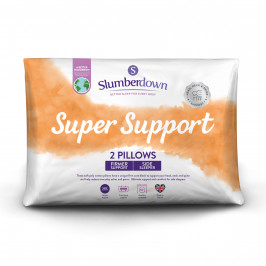
Slumberdown Super Support Firm Support Side Sleeper Pillow, 2 Pack
£17.00
Shop Now -
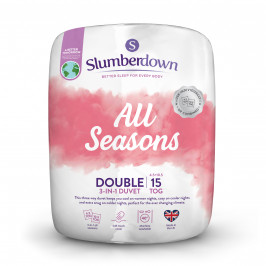
Slumberdown All Seasons Combi 15 Tog (10.5 + 4.5 Tog) Double Duvet
£30.50
Shop Now -
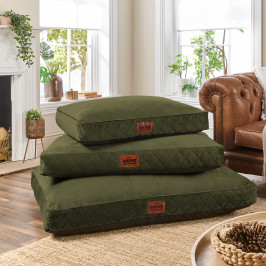
Slumberdown Paws for Slumber Olive Green Pet bed, Medium
£39.00
Shop Now -
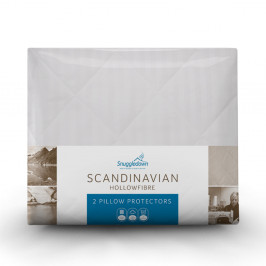
Snuggledown Scandinavian Hollowfibre Pillow Protector - Pack of 2
£15.00
Shop Now -
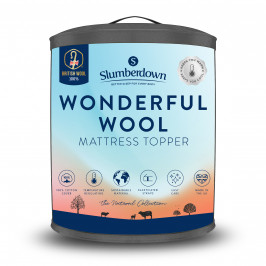
Slumberdown Wonderful Wool Mattress Topper
From: £54.50
Shop Now -
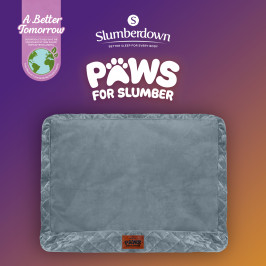
Slumberdown Paws for Slumber Extra Large Pet Bed Spare Cover, Grey
£20.00
Shop Now -
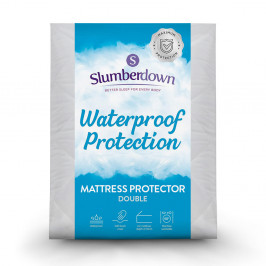
Slumberdown Waterproof Mattress Protector - Double
£17.50
Shop Now -
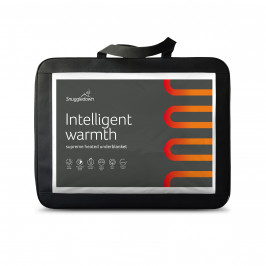
Snuggledown Intelligent Warmth Heated Topper - King
£125.00
Shop Now -
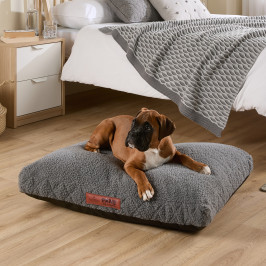
Slumberdown Paws For Slumber Sherpa Pet Bed, Medium
From: £25.00
Shop Now -
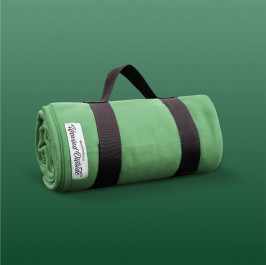
Slumberdown Unwind Outside Endless Lazing Waterproof Blanket, Light Green
£49.00
Shop Now -
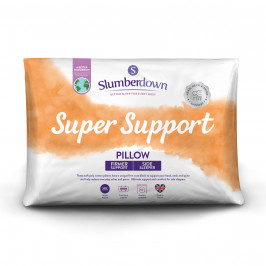
Slumberdown Super Support Firm Support Side Sleeper Pillow
From: £17.00
Shop Now -
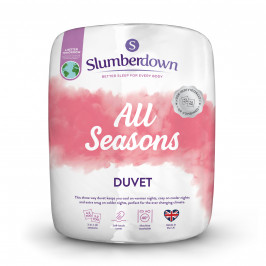
Slumberdown All Seasons Combi Duvet
From: £25.50
Shop Now -
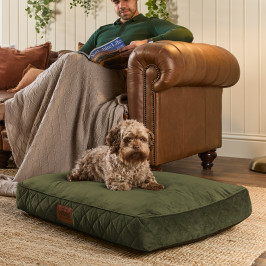
Slumberdown Paws for Slumber Medium Pet Bed
From: £39.00
Shop Now -
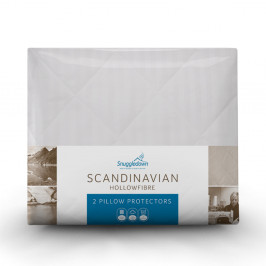
Snuggledown Scandinavian Hollowfibre Pillow Protector
From: £15.00
Shop Now -
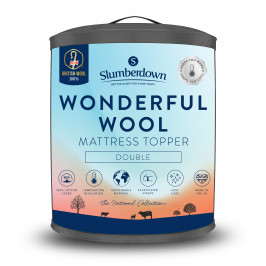
Slumberdown Wonderful Wool Mattress Topper, Double
£54.50
Shop Now -
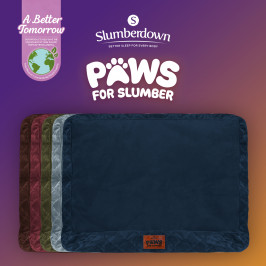
Slumberdown Paws for Slumber Extra Large Pet Bed Spare Cover
From: £20.00
Shop Now -
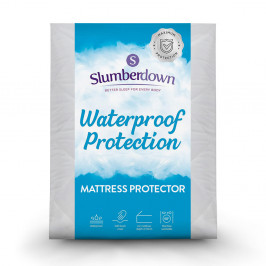
Slumberdown Waterproof Mattress Protector
From: £16.00
Shop Now -
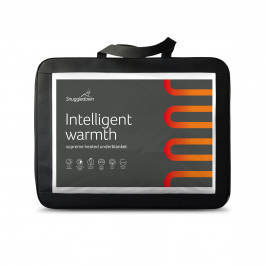
Snuggledown Intelligent Warmth Heated Topper
From: £110.00
Shop Now -
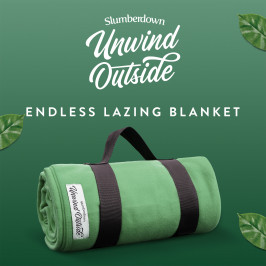
Slumberdown Unwind Outside Endless Lazing Waterproof Blanket
From: £49.00
Shop Now -
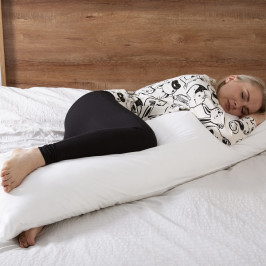
Slumberdown Body Support Pillow, 1 Pack, Includes 100% Cotton Pillow Case
£20.00
Shop Now -
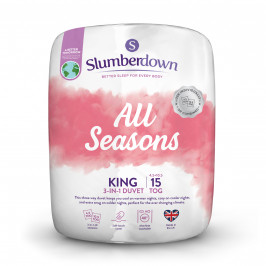
Slumberdown All Seasons Combi 15 Tog (10.5 + 4.5 Tog) King Size Duvet
£34.00
Shop Now


